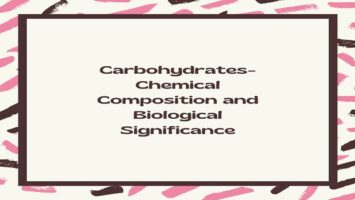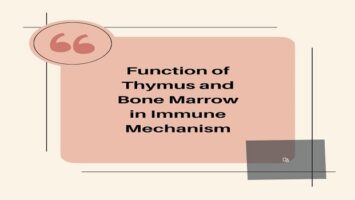Genome:
The genome is the entire collection of genes and all other functional and non-functional DNA sequences in an organism in a haploid set of chromosomes. It includes genes, regulatory genes and nonfunctional nucleotide sequences. Therefore, the genome comprises of-
- The structural genes are DNA segments that code for some specific RNAs or proteins. They encode for mRNAs, tRNAs, snRNAs and scRNAs.
- The functional sequences or regulatory genes occur as regulatory elements or as initiation sites, promoter sites, operator sites and enhancer sites, etc.
- The nonfunctional sequences include introns and repetitive sequences. They are needed for coding, regulation and replication of DNA. Their number is found to be much more than the functional sequences.
The genome of all living beings represents their hereditary material and is formed of DNA. In simple prokaryotic cells, the genomic DNA forms a single circular chromosome. It is without basic proteins and lies in the cell cytoplasm in the nucleoid region. In eukaryotic cells, DNA is associated with basic proteins (histones). They form long chromatin fibres. The chromatin fibres form a network and are enclosed in a double-layered nuclear envelope. This structure is called nucleus. Its chromatin condenses into chromosomes during cell division.









Comments (No)